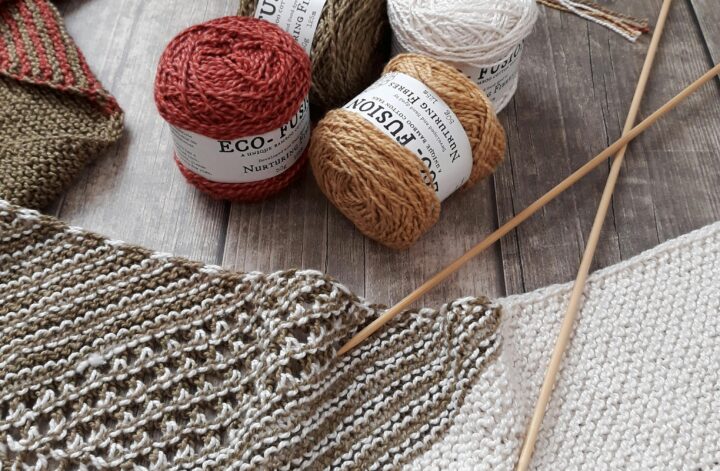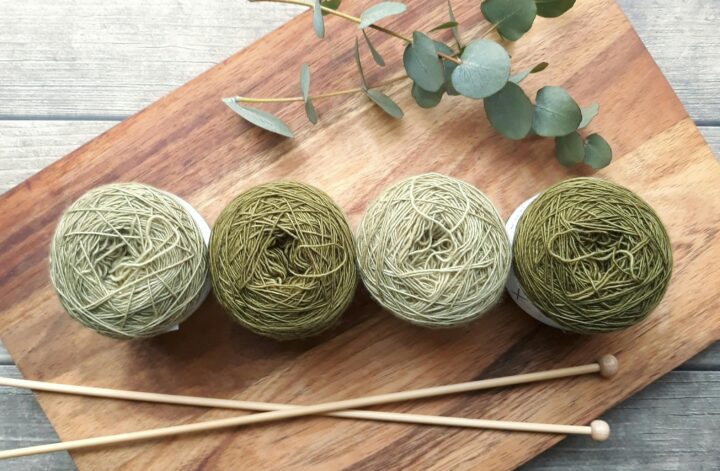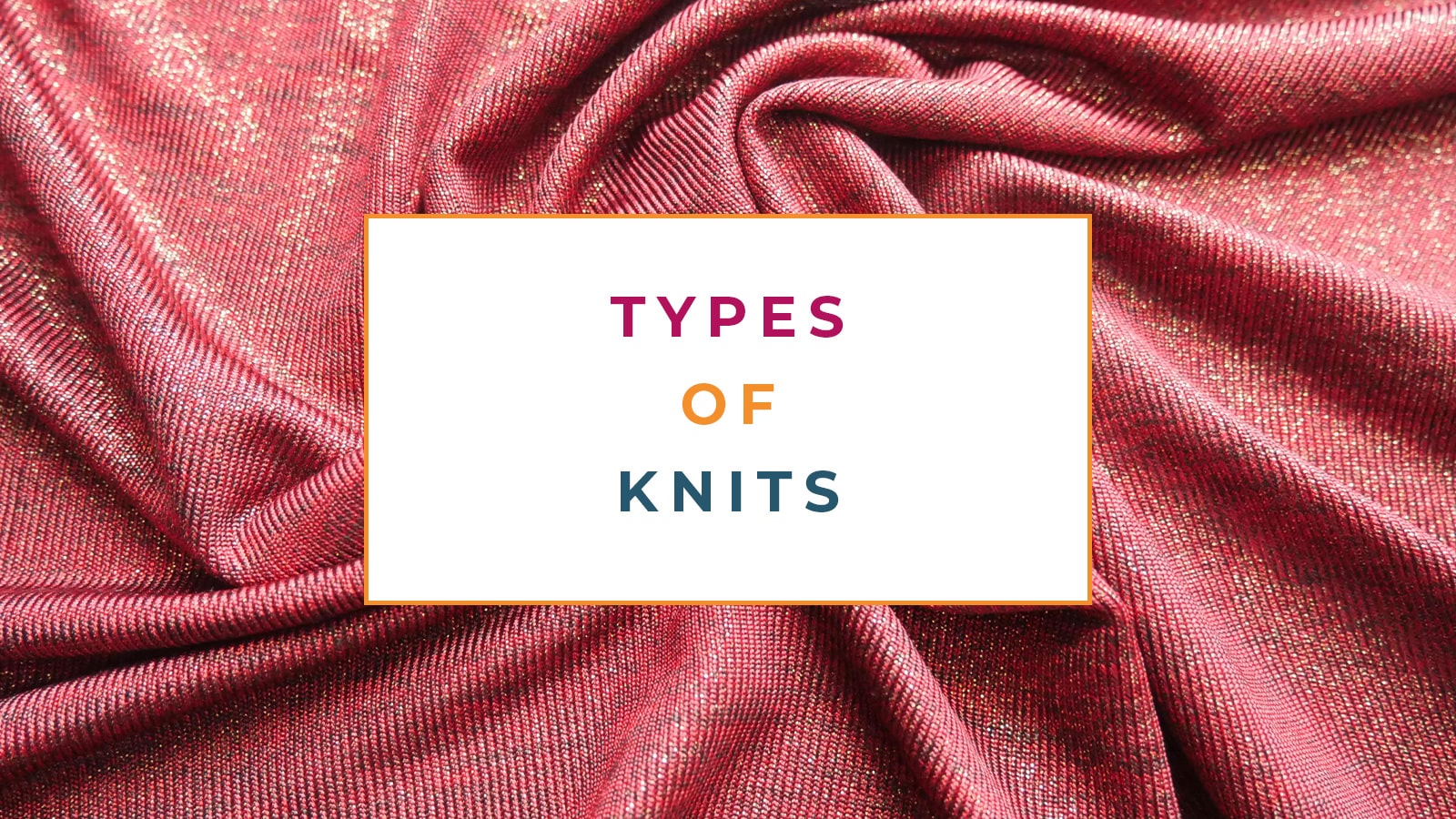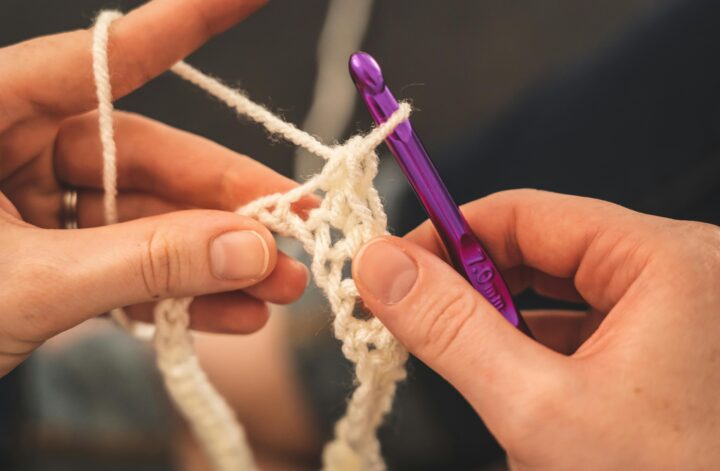In today’s fast-paced world, where stress and anxiety are common companions, people are increasingly seeking activities that provide a sense of calm, focus, and fulfillment. One such activity that has gained popularity not just for its creative output but also for its therapeutic benefits is knitting. Knitting, once considered a traditional craft, has seen a resurgence as a modern tool for mental health and wellbeing. This blog post will explore how knitting can be a powerful form of therapy, offering mental, emotional, and even physical benefits that contribute to overall wellbeing.
The Meditative Nature of Knitting
At its core, knitting is a repetitive, rhythmic activity that engages both the mind and body in a way that can be deeply soothing. The repetitive motion of needles and yarn, combined with the focus required to follow a pattern, creates a meditative state similar to mindfulness practices.
Mindfulness in Motion: Like meditation, knitting encourages you to be present in the moment. The rhythmic movement of knitting needles and the tactile sensation of yarn can help quiet a busy mind, allowing you to focus on the here and now. This focus can be particularly beneficial for those who struggle with anxiety or intrusive thoughts, as it provides a gentle, repetitive task that anchors the mind.
Stress Reduction: The act of knitting has been shown to reduce levels of cortisol, the body’s stress hormone. The concentration required to knit can shift your focus away from stressors, providing a break from the pressures of daily life. Over time, this practice can lead to a reduction in overall stress and an improvement in mental resilience.
Knitting as a Tool for Managing Anxiety and Depression
Anxiety and depression are two of the most common mental health challenges people face today. Knitting can serve as a powerful tool in managing these conditions by providing a sense of control, accomplishment, and comfort.
Control and Accomplishment: One of the most challenging aspects of anxiety and depression is the feeling of helplessness or lack of control. Knitting offers a structured activity where you can see progress and have tangible results. Completing a row, finishing a pattern, or completing an entire project can provide a sense of accomplishment and boost self-esteem, which is particularly beneficial for those struggling with feelings of inadequacy or low self-worth.
Comfort and Coping Mechanism: The repetitive nature of knitting can act as a coping mechanism for anxiety. When you feel overwhelmed, the familiar motion of knitting can be comforting, providing a mental break from worries. Many knitters describe the craft as a form of “active meditation,” where the mind can rest and refocus through the act of creating something with their hands.
Positive Distraction: Engaging in knitting can serve as a positive distraction from negative thoughts and emotions. For those dealing with depression, this distraction can be crucial in breaking the cycle of rumination and helping to shift focus toward something constructive.
Knitting and Social Connection
While knitting is often seen as a solitary activity, it also has a strong social component that can be incredibly beneficial for mental health. Knitting circles, groups, and online communities provide opportunities for social interaction, support, and the sharing of ideas.
Building Community: Joining a knitting group or attending a knitting class can help combat loneliness and build social connections. These groups often become tight-knit (pun intended!) communities where members support each other not just in their craft, but in their lives. The sense of belonging that comes from being part of a community can be a powerful antidote to feelings of isolation or loneliness.
Some people find that structured activities like knitting can help them manage caregiving responsibilities or family stress. Just look at Care.com reviews for example, this shows how others use routines and creative hobbies to support wellbeing while balancing childcare or eldercare. This highlights how incorporating calming, focused activities into daily life can benefit mental health and provide a sense of personal time even in busy households.
Shared Purpose: Participating in group knitting projects, such as making blankets for charity or creating items for a cause, can enhance your sense of purpose and connection to the wider world. Contributing to a collective effort can foster a sense of accomplishment and give your knitting added meaning.
Online Connections: For those who may not have access to local knitting groups, online communities offer a valuable space for connection. Platforms like Ravelry, Instagram, and various knitting forums allow crafters to share their work, seek advice, and connect with others who share their passion. These virtual communities can provide a sense of belonging and support, no matter where you are in the world.
Knitting and Cognitive Health
Beyond its emotional and social benefits, knitting also offers cognitive advantages that can contribute to overall brain health. The mental engagement required to follow patterns, count stitches, and solve problems helps keep the brain active and sharp.
Memory and Concentration: Following a knitting pattern requires concentration and memory, as you need to remember the steps involved in your project. This mental engagement can help improve memory and cognitive function, especially as you age. The act of learning new stitches or techniques can also stimulate the brain and keep it agile.
Problem-Solving Skills: Knitting often involves problem-solving, whether it’s figuring out a tricky pattern, correcting a mistake, or adapting a design. This type of mental exercise can enhance your problem-solving abilities and keep your mind flexible. Overcoming challenges in knitting can also boost confidence in your ability to tackle other life challenges.
Delaying Cognitive Decline: Engaging in mentally stimulating activities like knitting has been linked to a reduced risk of cognitive decline and dementia. The combination of mental focus, hand-eye coordination, and memory involved in knitting makes it a beneficial activity for maintaining cognitive health as you age.
Knitting as a Form of Self-Care
In a world where self-care is often reduced to quick fixes, knitting offers a deeper, more meaningful way to care for yourself. The act of creating something with your hands, taking time to engage in a fulfilling activity, and producing something tangible can be incredibly nurturing.
Creative Expression: Knitting allows you to express yourself creatively, whether through the choice of colors, patterns, or the design of your project. This creative outlet can be a powerful form of self-expression, helping you to connect with your inner self and find joy in the process of making something unique.
Slowing Down: In our fast-paced, digital world, knitting provides an opportunity to slow down and savor the moment. The deliberate, methodical nature of knitting encourages a slower pace, allowing you to step away from the rush of daily life and focus on the simple pleasure of creating something with your hands.
Tangible Results: Unlike many modern activities that provide instant gratification, knitting requires patience and persistence. The end result is a tangible, often beautiful item that you can hold in your hands. This sense of accomplishment and the physical reminder of your effort can be incredibly satisfying and affirming.
Knitting for Physical Health
While the mental and emotional benefits of knitting are significant, it’s also worth noting that the physical act of knitting can have health benefits as well.
Improved Hand-Eye Coordination: Knitting involves fine motor skills and hand-eye coordination, which can be beneficial for maintaining dexterity in your hands and fingers. This is particularly important as we age, as it helps keep these skills sharp and reduces the risk of conditions like arthritis.
Pain Management: For some people, knitting can help manage chronic pain. The repetitive motion and focus required can serve as a distraction from pain, providing relief from conditions such as arthritis, fibromyalgia, or other chronic pain disorders. Additionally, the relaxation that knitting promotes can help reduce muscle tension and physical stress.
Blood Pressure Reduction: Studies have shown that engaging in relaxing, meditative activities like knitting can lower blood pressure. The calming effect of knitting can help reduce stress-related hypertension, contributing to overall cardiovascular health.
Conclusion
Knitting is far more than just a hobby; it’s a powerful tool for boosting mental health and wellbeing. Whether you’re seeking stress relief, a sense of accomplishment, social connection, or simply a creative outlet, knitting offers a multitude of benefits that go beyond the joy of crafting. As more people recognize the therapeutic value of knitting, it’s becoming an increasingly popular practice for nurturing both mind and body.
In 2024, as we continue to navigate the complexities of modern life, knitting stands out as a timeless, accessible way to care for ourselves and our mental health. So, pick up your needles, choose your favorite yarn, and discover the healing power of knitting. Whether you’re a seasoned knitter or a beginner, the journey of creating something with your own hands can be incredibly rewarding and therapeutic.




